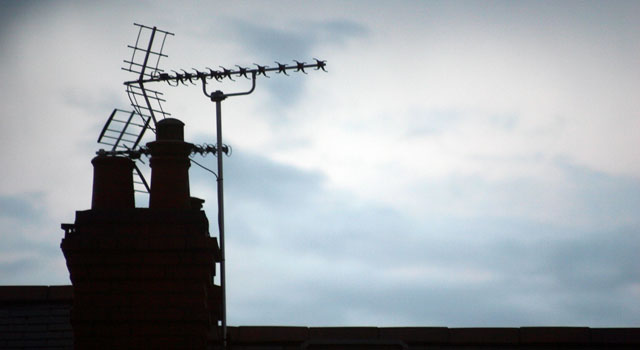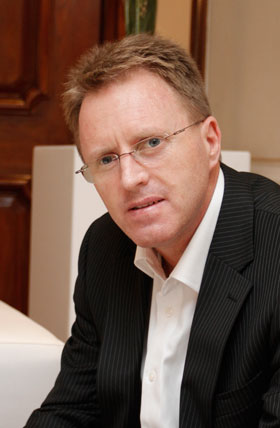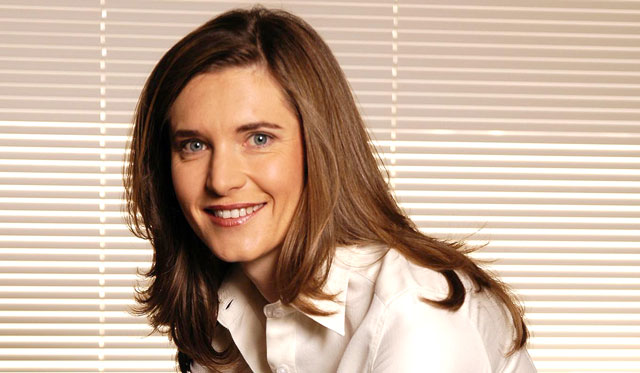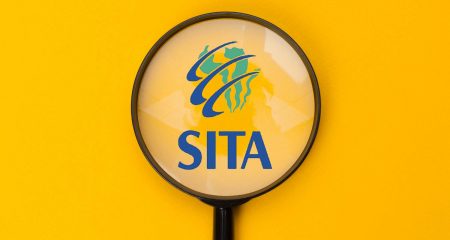
Lack of certainty around the encryption and access control mechanisms to be used for digital terrestrial television, along with how millions of set-top boxes will be subsidised for poorer households, looks set to throw South Africa even further off track in the already long-delayed, multibillion-rand project.
There is rising anger in both the broadcasting and telecommunications industries over the continued delays, which could mean South Africa continues to broadcast analogue signals well past the June 2015 deadline set by the International Telecommunication Union (ITU) to complete migration to digital.
The prospect of protracted legal action involving e.tv and communications minister Dina Pule, coupled with the complexity of proposed access control mechanisms, the insistence that subsidised set-top boxes be locally manufactured — despite the likelihood they’ll cost far more than units imported from Asia — and confusion over who will pay for the subsidy are raising hackles. Few industry players, however, are prepared to go on the record, mostly for fear of losing contracts or falling out of political favour.
Government says it intends to subsidise 70% of the cost of set-top boxes for 5m of South Africa’s poorest homes, an exercise expected to cost at least R4,5bn. It is unknown where this funding will come from. One of the proposed sources of funds for the subsidy is the Universal Service & Access Agency of South Africa (Usaasa). However, the fund Usaasa administers is not large enough to fund the project fully — it’s not clear how much money is in the fund, but industry players peg the number at between R1bn and R2bn.
Also, Usaasa’s funds don’t only come from broadcasters but from telecoms operators as well. These operators have raised objections to the fund being used to fund broadcasting. Operators will, however, potentially gain access to some of the radio frequency spectrum that will become available once the migration to digital broadcasting is complete.
Senior industry players, speaking to TechCentral on condition of anonymity because of their need to work with government, say the task of determining who is eligible for a subsidised box is going to be a major headache. They say many people who aren’t deemed eligible will argue they are. The process could be a nightmare to manage.

The department of communications continues to insist that the set-top boxes be locally sourced, saying the project would create local jobs and stimulate a black-owned manufacturing sector. Again, industry players question whether this plan makes sense, especially since many of the emerging manufacturers will simply be repackaging imported components rather than genuinely building boxes locally.
Access control
Because government will spend billions of rand on subsidising set-top boxes, it is insisting they include access control mechanisms to stop them from being sold by the intended beneficiaries. Originally, this was limited to a location verification-type mechanism that would prevent them being used outside the country. However, this has been expanded to include facilities to manage subscriptions and turn the boxes on or off remotely.
These conditional access (CA) requirements will have to be administered by a CA vendor. Sentech, which was instructed by minister Pule in May last year to manage the CA system, has proposed Nagravision as the vendor. It already uses Nagravision to manage some of its satellite services.
However, free-to-air broadcaster e.tv took exception to Pule’s decision to appoint Sentech, successfully suing the minister in the high court last year. That court’s judgment is now the subject of an appeal by the minister. This appeal process could take years, further endangering South Africa’s commitment to the ITU and prolonging the release of spectrum to broadband telecoms operators and the attendant benefits that will flow from that.
E.tv has argued that it and the SABC, along with future free-to-air broadcasters, should administer the CA system because they have the most to lose if it is not done correctly.
The broadcaster’s chief operating officer, Bronwyn Keene-Young, says it’s important that set-top boxes allow e.tv and the SABC to offer competitive services. “If you look at our court papers, the issue for us as free-to-air broadcasters is that our biggest competition is [MultiChoice’s] DStv. If we don’t have a platform that’s attractive, then free-to-air digital TV is going to be a non-starter,” she says.
Keene-Young says that if digital specifications and the CA system are not outlined and controlled carefully, users will not have a cohesive experience across different set-top boxes and this could impact negatively their view of free-to-air broadcasters and their offerings. “Encryption will ensure that boxes that don’t meet the specifications won’t work.”
Subscription control must also be considered. The vendor that manages the CA system will be able to turn set-top boxes on and off and identify each box by means of an individual identifier. This means a potential goldmine of data on viewing habits for the vendor that administers the system.

Altech UEC, a subsidiary of JSE-listed technology group Altech, is South Africa’s largest manufacturer of TV set-top boxes. Its MD, Rodger Warren, says that once the department of communications has settled its dispute with e.tv over the CA system, UEC will be able to build boxes that include any access control mechanisms government wants.
“How soon we can begin building set-top boxes is dependent on the department’s response to the court case,” Warren says. “Hopefully, the matter will be settled sooner rather than later.”
Warren says that the specifications for the boxes are “very unlikely to change”, even if Pule’s appeal fails and e.tv and the SABC end up managing the CA system. “If it had to change it would have to go back to the technical committee,” he says, adding that this seems “highly unlikely” given the additional delays that would incur.
“If e.tv wins, it will take time to go through the development phase,” Warren explains. “We could go whichever way is chosen. We’ve done several encryption systems on various platforms. Much of our software can cater for different paths, so we don’t see it as being a major setback.” — (c) 2013 NewsCentral Media




